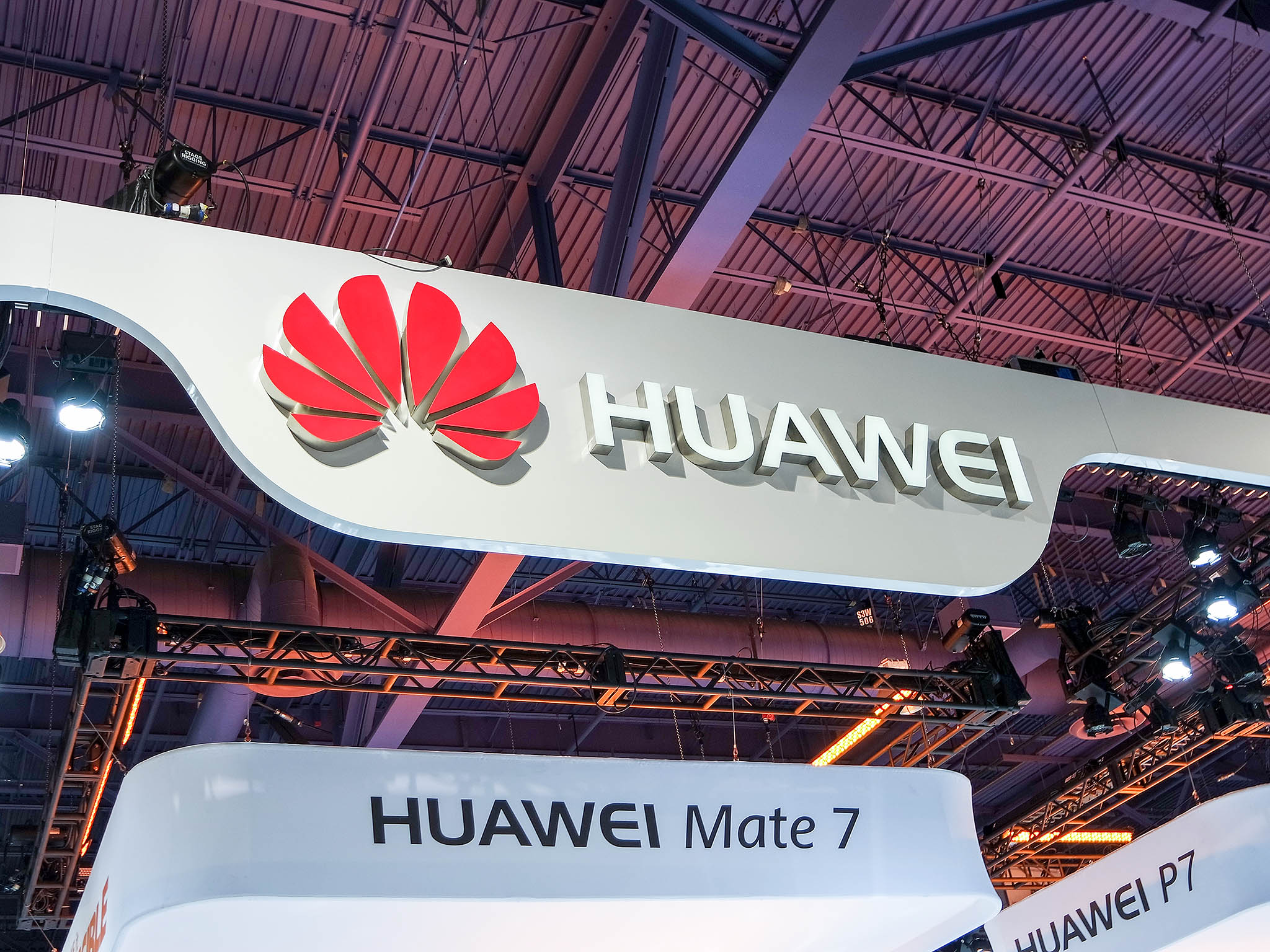2021 is expected to be an even more challenging year for the company than 2020.
What you need to know
- Huawei has announced its financial results for 2020.
- The company's revenue increased 3.8% YoY, while profits were up 3.2% YoY.
- Huawei's consumer division managed to increase its revenue by 3.3% in 2020, but smartphone sales are starting to fall even in its home market.
As almost everyone is aware, 2020 was a tough year for Huawei. Despite all the challenges, however, its latest financial report reveals the company performed better than expected last year (via The Verge). The company posted 891.5 billion yuan ($136 billion) in revenue for 2020, an increase of 3.8% YoY. Similarly, net profit increased 3.2% YoY to 64.6 billion yuan ($9.86 billion).
Unsurprisingly, the annual report notes revenue from the Americas tumbled 24.5% last year. Even though its market share in the west fell significantly, sales in China jumped 59% YoY. In fact, nearly 66% of Huawei's total sales came from China.
Huawei's networking business performed well in China due to a rapid rollout of 5G services in the country. Apart from China, Huawei also saw strong growth in Europe, the Middle East, and Africa. The company says its revenue declined in the Americas due to "investment fluctuations in some countries' telecoms markets."
The company's consumer business unit posted a 3.3% increase in revenue in 2020, despite falling smartphone shipments. As revealed by a report from Counterpoint Research earlier this month, OPPO surpassed Huawei as the largest smartphone vendor in China in January. Counterpoint expects Huawei's market share in China to continue falling in 2021.
Thanks to the U.S. sanctions against it, Huawei is struggling to secure components that it needs to manufacture its best Android phones. The company has now shifted its focus towards the premium segment in a bid to boost profitability. It also plans to demand royalties from Samsung and Apple for its 5G patents to bring in additional revenue.
Source: androidcentral
